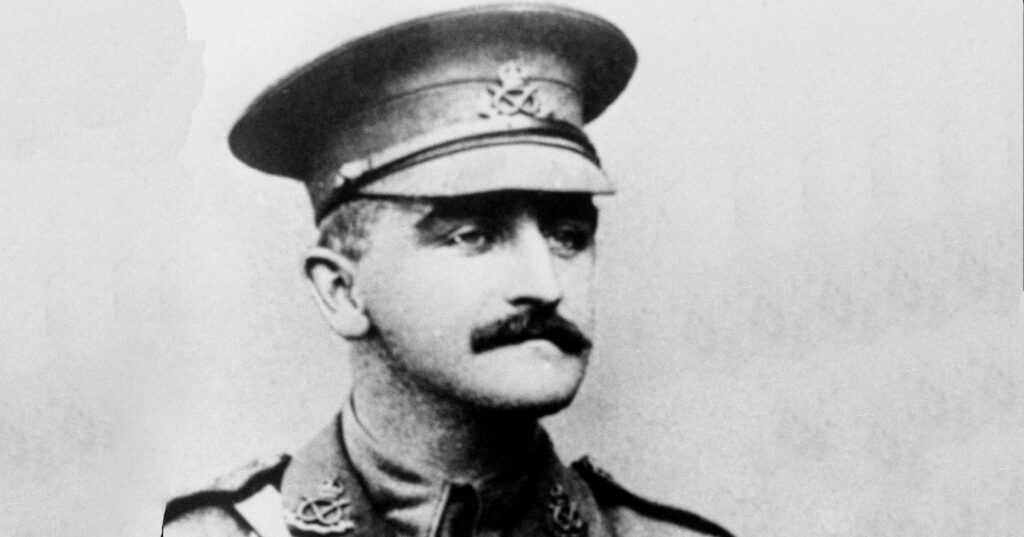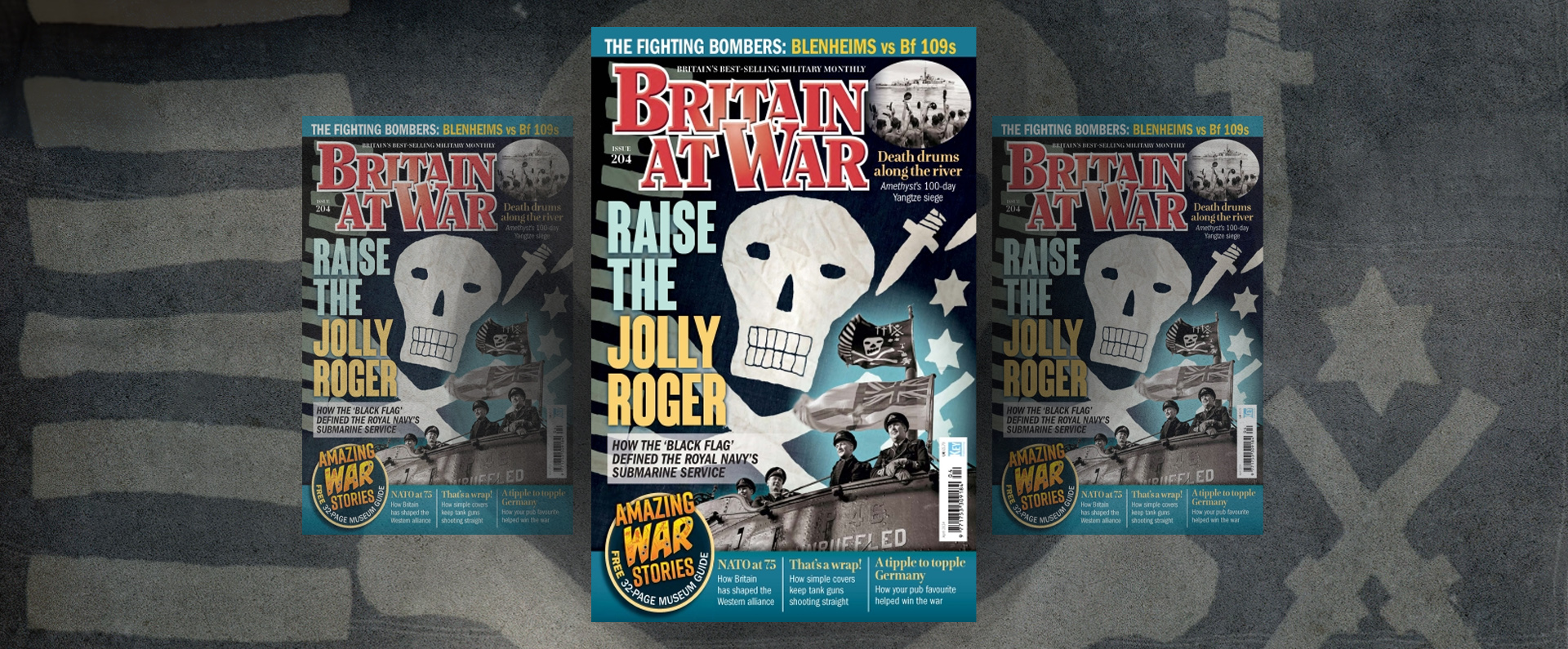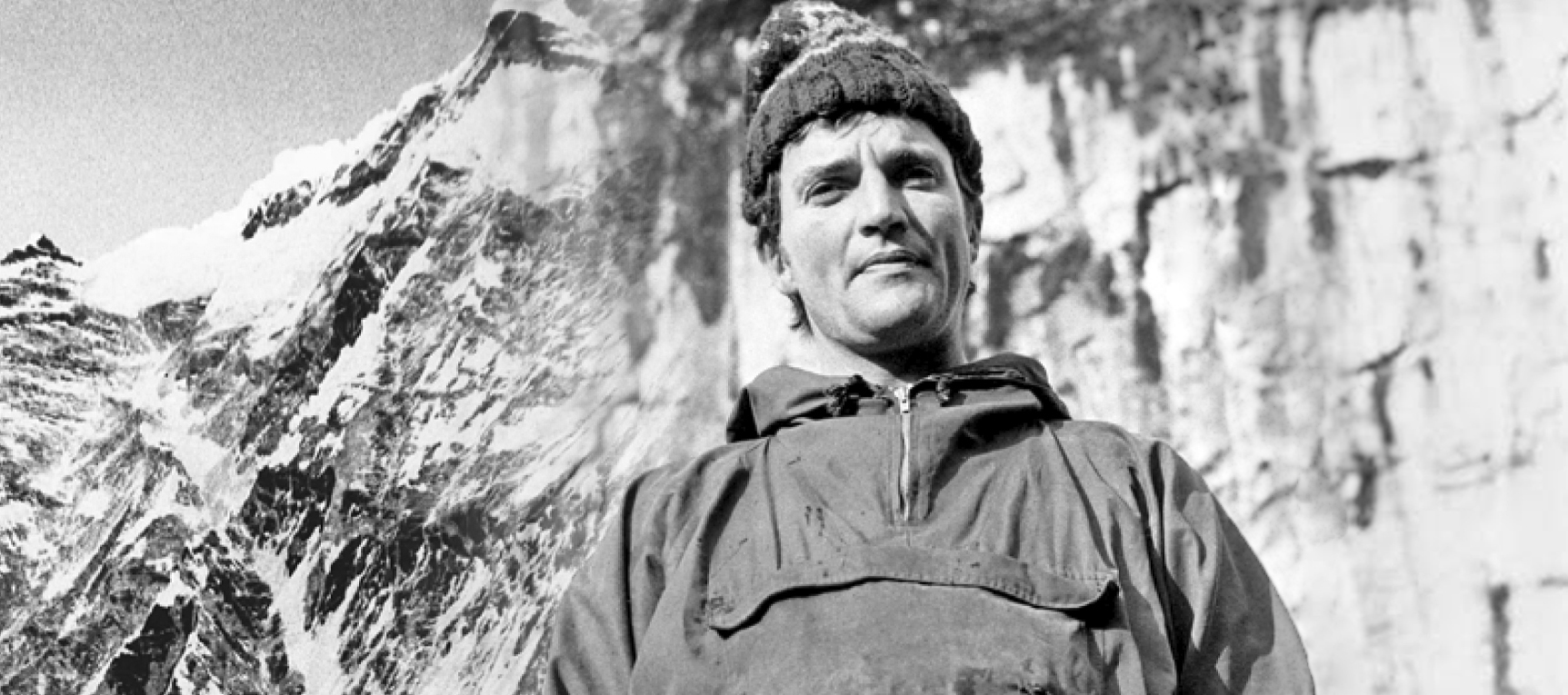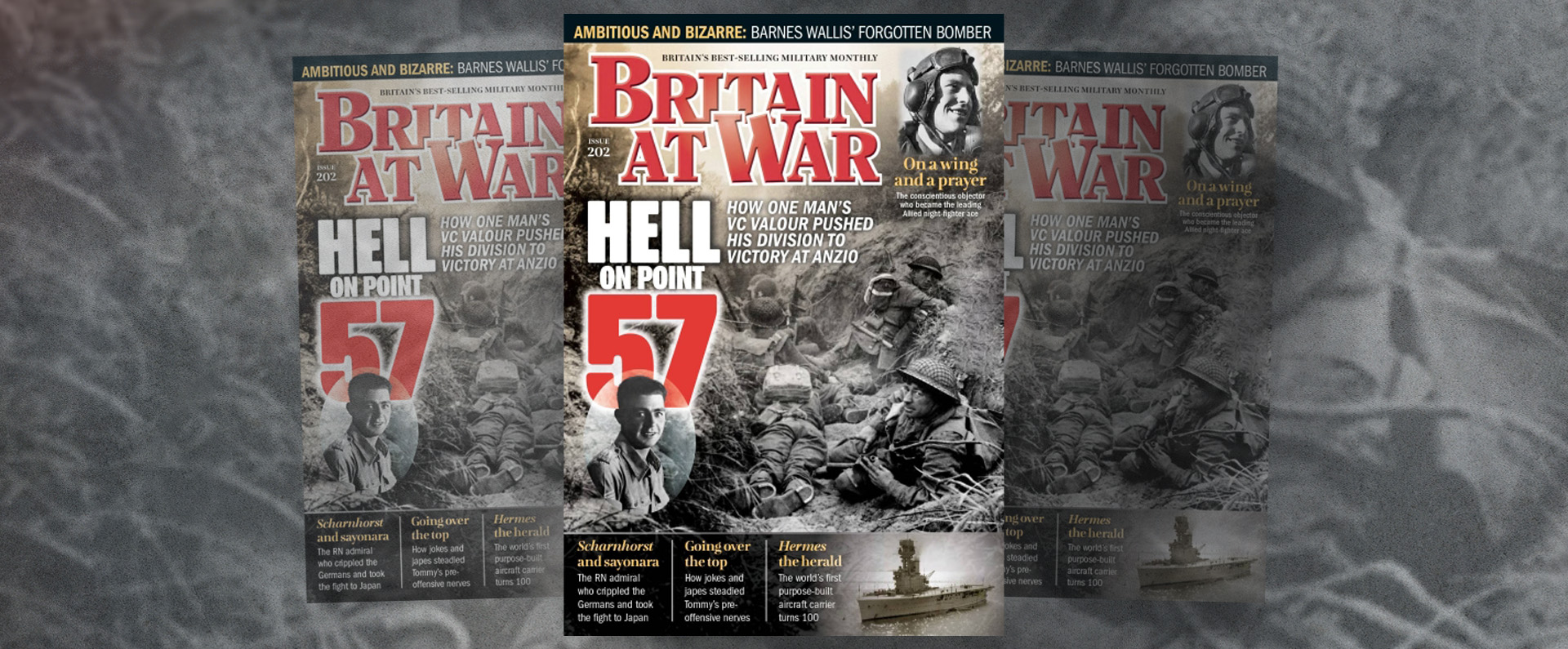
Published in Britain at War in March 2016.
Captain Arthur Forbes Gordon Kilby VC MC: leadership
Arthur Forbes Gordon Kilby was born in Cheltenham, Gloucestershire, on 3 February 1885. He was the only son of Sandford Kilby, from the Customs and Salt Department of Bengal Police in India, and his wife Alice. Arthur Kilby was educated at Bilton Grange, near Rugby, and Winchester College, Hampshire, before preparing for a military career by spending some time in Frankfurt, Germany. Kilby then attended the Royal Military College, Sandhurst. In August 1905, aged twenty, he was commissioned into the 1st Battalion, The South Staffordshire Regiment, as a second lieutenant. On 31 October 1907, Kilby, a talented linguist, was promoted to lieutenant and on 1 April 1910 he was promoted to captain.
In December 1910, Kilby was transferred to the 2nd Battalion of his regiment, which had then just returned from South Africa. After the outbreak of the Great War in August 1914, his battalion was one of the first to embark for the Western Front. Kilby arrived in France on 13 August, as part of the British Expeditionary Force and, within just twelve days, he saw his first action at Maroilles. On the following day – 26 August – his brigade was ordered to withdraw and Kilby was sent to the rear-guard to supervise their retreat. After being subjected to intense fire from the German artillery, he was badly concussed by a shell. In the chaos, Kilby became separated from his unit and wandered alone for hours without food and water, before collapsing again.
After being found, he was treated for shell-shock, spending nearly a month in hospital, before rejoining his battalion on the 24 September. By this time, his battalion was involved in the Battle of the Aisne. Apparently feeling guilty at missing so much action of the previous four weeks, including the Battle of the Marne, he volunteered for several, highly-dangerous solitary sniping expeditions.
There was to be no let-up for his battalion: in October, it moved north to the Ypres sector before heading north-west of Becelaere. After leading a counter-attack, Kilby was richly praised by his Commanding Officer. On 12 November, there was severe fighting around the position held by 6th Brigade. After the Germans penetrated behind the British line, both Kilby and Captain Johnson commanded a group of men who held their trenches all day in the most difficult of circumstances. For his outstanding courage and leadership, Kilby was awarded the Military Cross (MC).
Kilby had been wounded in the right arm and lung by a rifle bullet during his MC action and was forced to return to England for treatment. Although he never fully recovered the strength in his right hand, he rejoined his battalion in May 1915. Once again, he became involved in the thick of the fighting and, in August, he was recommended for the Distinguished Service Order (DSO). However, Kilby never received the DSO because of the regulations that stipulated that this award could not be awarded posthumously. For before a decision on his recommendation could be taken, the chaotic events of 25 September 1915 – the opening day of the Battle of Loos – intervened.
After four days of Artillery bombardment, the 2nd Battalion South Staffordshire Regiment was in the front line at Cuinchy, immediately south of the La Bassée Canal. At 5:35am, some fifteen minutes before a discharge of poisonous gas was due to begin, the officer in charge of the gas on the 6th Brigade front considered the wind so unfavourable that he declined to turn on the gas cylinders and reported the situation to the 2nd Division Headquarters. However, a reply came through that the gas attack must be carried out regardless. The cylinders were opened at 6am, but in some areas the gas-cloud was so dense that, despite wearing smoke-helmets, the South Staffordshire’s companies were badly affected.
The South Staffordshire attack began at 6:30am. ‘C’ Company, under Captain Kilby, went forward along the narrow tow-path along the canal despite most of the men being badly gassed. Kilby and his men were under intense enemy fire from both sides of the canal and, early on in the fighting, Kilby was wounded in the hand, but still he and his men pressed on towards the enemy wire. As they were exposed to an onslaught of stick grenades thrown at them from the enemy redoubt, one of Kilby’s feet was blown off. Yet still he defied terrible pain to urge his men on, even firing at the enemy with his rifle.
The situation, however, eventually became utterly hopeless. The company’s repeated attempts to breach the enemy positions were repelled and, at 8am, orders were given to withdraw. Only twenty men succeeded in making it back to the British trenches and the Battalion suffered eleven officers and 280 other men killed or wounded. Kilby, aged thirty, was one of the many whose whereabouts were not known.
Kilby’s VC was announced on 30 March 1916 and the decoration was presented to his father by George V at Buckingham Palace on 11 July 1916. His body was recovered by the Germans where he fell, and buried by the side of the tow-path near their redoubt. The enemy acknowledged his heroism by erecting a simple wooden cross that was inscribed: ‘The Kilby Family May Think Of Their Son With Pride, As We Remember Him With Respect.’
Long after the war ended – on 19 February 1929 – Kilby’s body was found and identified, and he was later reburied in the Arras Road Cemetery at Rodincourt, France. I purchased Kilby’s medal group at auction in 2012 and I feel privileged to be the custodian of this courageous man’s gallantry decorations and service awards.
Download a PDF of the original Britain at War article
For more information, visit:
LordAshcroftOnBravery.com


